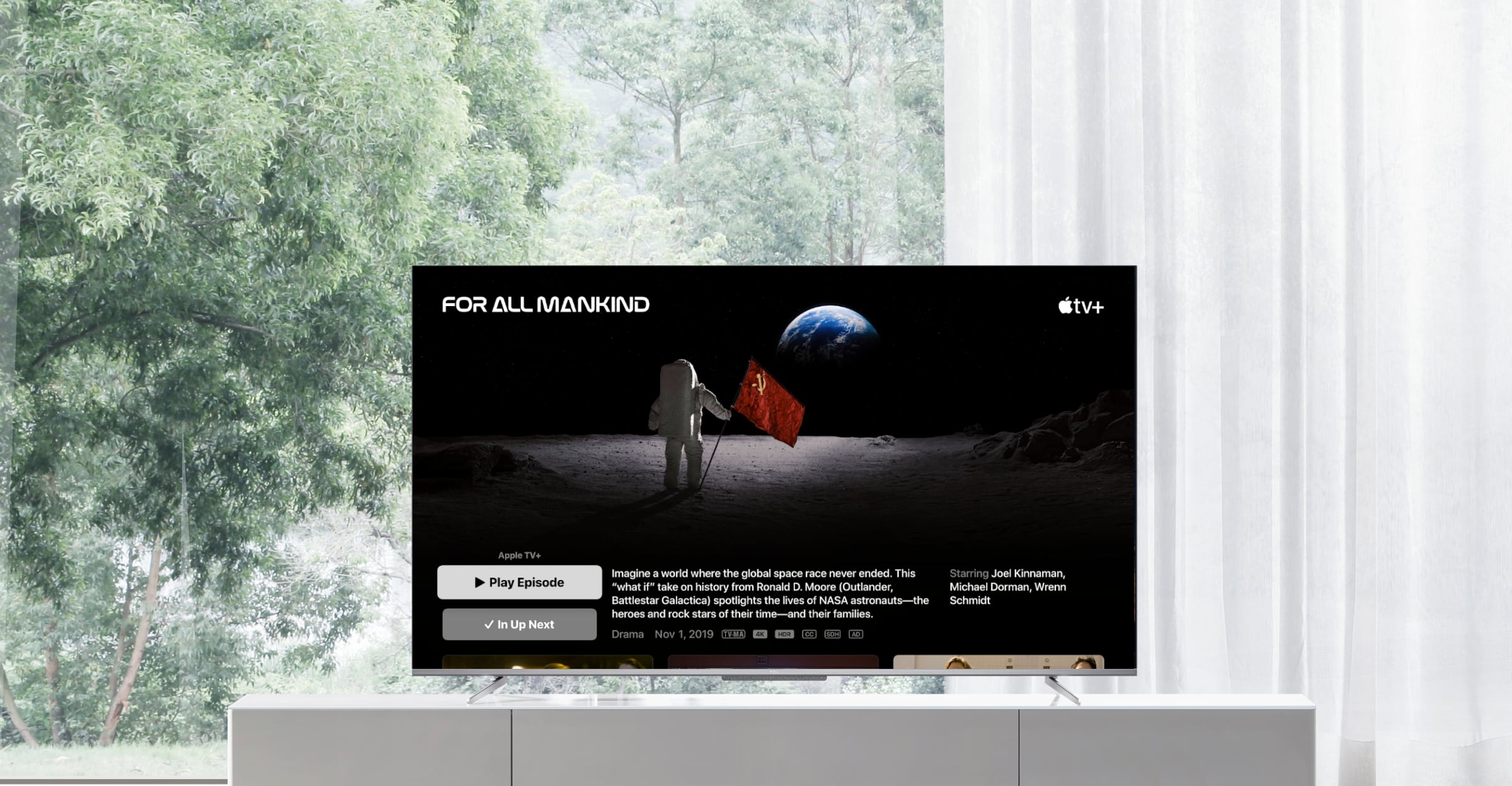The latest version of tvOS, version 17, has incorporated a FaceTime application, allowing users to engage in video calls by utilizing the rear camera of a connected iPhone or iPad. The introduction of a built-in camera in the Apple TV would eliminate the need for these external devices during video calls.
Bloomberg’s Mark Gurman, in his Power On newsletter, mentioned that an Apple TV equipped with a camera might also facilitate “gesture-based controls”, although specifics were not detailed.
Following updates across various Apple platforms, including iOS 17, macOS Sonoma, and tvOS 17, users have been able to use hand gestures to activate 3D effects during video calls in the FaceTime app, as well as when using other applications. For instance, gesturing two thumbs up can trigger fireworks on the screen, while two peace signs may bring up confetti. Whether Gurman’s comments hint at these existing features or suggest entirely new gesture-based interactions for tvOS remains unclear.
Additionally, Gurman discussed Apple’s considerations toward the development of a “lightweight smart display” for home use.

Gurman’s insights into Apple’s home technology ambitions reveal discussions around automating home functions and enhancing the Apple TV set-top box with capabilities such as built-in cameras for FaceTime, gesture control, and seamless integration with the iPhone and Vision Pro.
A significant part of Apple’s strategy involves a lightweight smart display, described as comparable to a low-end iPad, which could be easily moved around the home and connected to charging stations as needed. Although Apple has commenced small-scale test production for the screens of this proposed product, a decision to proceed with its development has not yet been confirmed.
The timeline for the release of these devices, including the new Apple TV model rumored for the first half of 2024, remains uncertain, particularly regarding whether the model will feature the anticipated camera addition or if such an update is slated for a later time.














